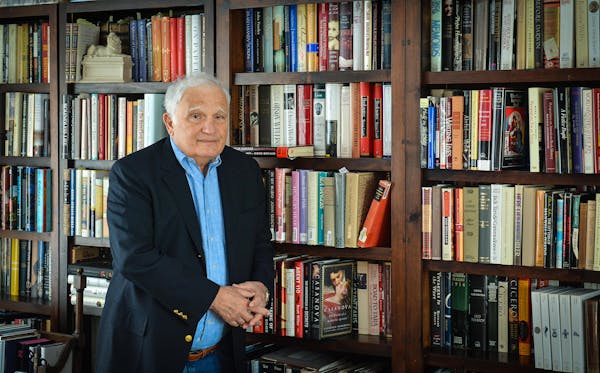From the lips of Nawadaha
Minnehaha Falls already had its name by the time Longfellow published "The Song of Hiawatha" in 1855, but Minneapolis' early leaders drew upon the poem for several place names in neighborhoods near the falls. That's not to mention the neighborhood, street, school and park named for Longfellow himself.
Hiawatha (lake, street, school, park): The supernatural Ojibwe chief at the center of the tale.
Minnehaha (creek, street, parkway): Hiawatha's Dakota love interest.
Nokomis (lake, street, community): Hiawatha's grandmother.
Keewaydin (street, neighborhood, park, school): The Northwest Wind.
Wabun (picnic ground): The East Wind.
Wenonah (street, neighborhood): Hiawatha's mother.
Mondamin (street): A deity who wrestles Hiawatha, producing a field of corn.
Nawadaha (street): The Native musician who sings Hiawatha's legend; also the Ojibwe name of Indian chronicler Henry Schoolcraft, whose work Longfellow consulted for the poem.
KEVIN DUCHSCHERE

The 5 best things our food writers ate this week

A Minnesota field guide to snow shovels: Which one's best?

Summer Camp Guide: Find your best ones here

Lowertown St. Paul losing another restaurant as Dark Horse announces closing

